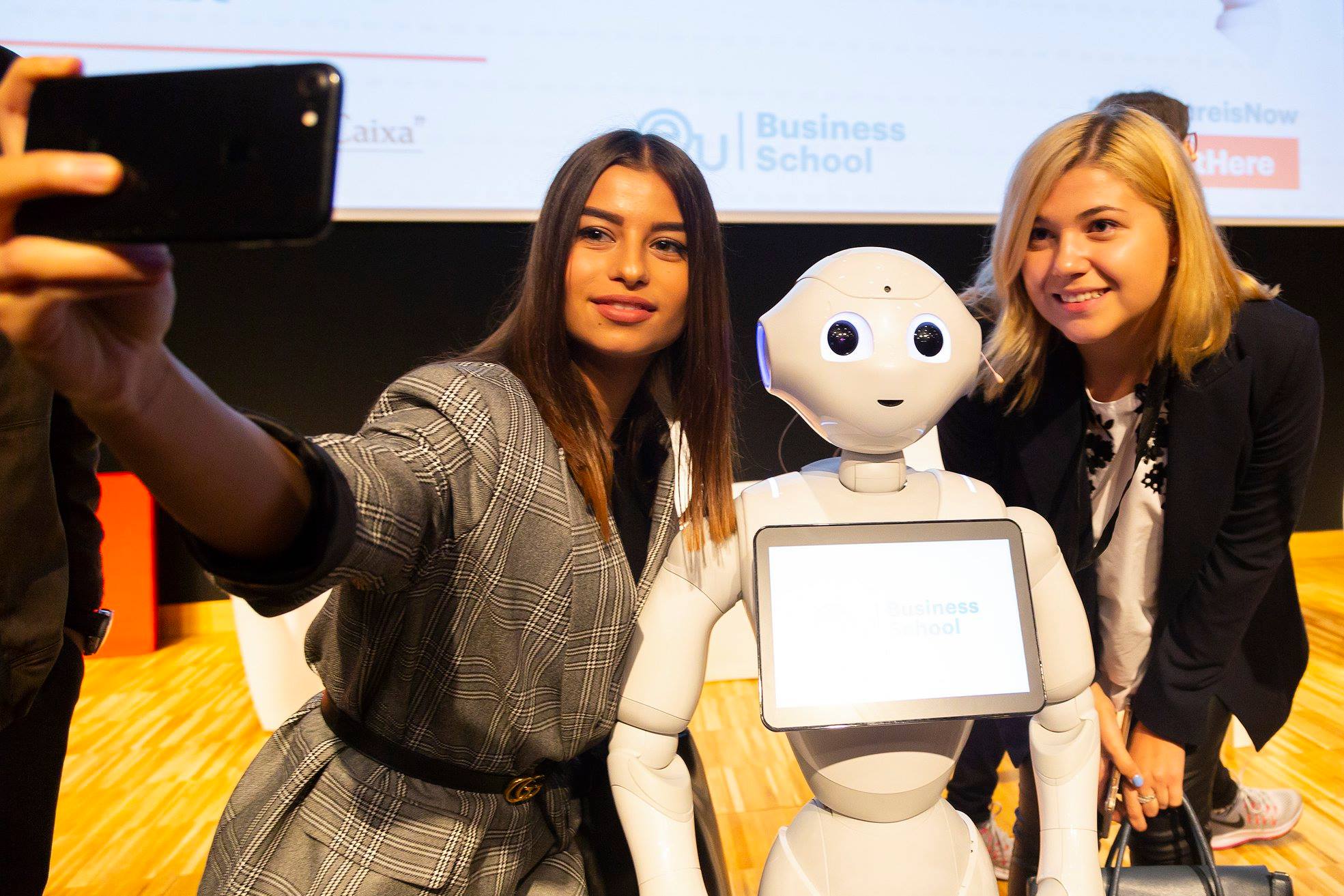How Can Artificial Intelligence Improve the Workplace?
As the business world continues to evolve at an ever-increasing pace, emerging technologies are set to change how we think about, approach and conduct work.
Artificial intelligence in particular has the potential to shape work environments in revolutionary ways, ranging from increased security to task automation. Could it help to improve employees’ professional experience, however?
What is artificial intelligence?
Artificial intelligence, or AI for short, is a branch of computer science that uses computers and machines for problem-solving and decision-making purposes.
AI software utilizes machine learning in order to make predictions based on data inputs. This technology has been employed across multiple industries, including the fashion, e-commerce, finance, healthcare and food tech sectors. It plays a significant role in shaping user experience on social media platforms, and is currently being adapted for incorporation within driverless car systems.
With regard to modern business environments, there are many ways in which AI technology can be used to improve speed, productivity and motivation in the workplace. Let’s take a look at some of them.
Increased employee productivity
Artificial intelligence programs can assist human employees with repetitive and data-oriented tasks, helping them to obtain accurate information in a rapid manner. This process also allows employees more time to focus on complex creative work.
One negative aspect of using AI in order to boost employee work output, however, is the potential for unethical monitoring. Recording mouse movement, keystrokes, and break times can lead employees to feel as if they are under constant surveillance, resulting in stress, and ultimately decreased performance.
More efficient hiring processes
Hiring a new employee can be a time-consuming, often unpredictable task. By using AI software to filter CVs, recruitment staff can quickly select suitable applications based on experience and skills, and reduce biases regarding age, gender, and ethnicity that can unfairly impact the decision-making process.
Improved customer service
The quality of customer service can suffer during busy periods of operation. By incorporating AI-powered tools, such as chatbots, customers can obtain easy access to commonly requested information. This provides human employees with the additional time required to attend to more specific issues, resulting in reducing waiting times for clients, and increasing a company’s likelihood of positive reviews.


Safety first
AI can be employed to help reduce risk and minimize workplace accidents. Intelligent software may be used to monitor industrial environments, for example, by providing an alarm system for issues such as machinery defects and hazardous substance spills.
The software may also be used to improve a building’s security measures, allowing entrance only to permitted individuals through iris scanning and voice recognition technology.
Remote collaboration
The upward trend towards remote working (particularly in the wake of the COVID-19 pandemic) has resulted in company teams becoming ever more geographically dispersed, and considerably larger than has previously been possible.
Artificial intelligence combined with semantic search technology can be used to connect data sources from multiple departments around the world, without risking loss of context. This offers employees access to accurate information that is relevant to their tasks.
Fairer promotions
Promotions and pay rises should ideally be based on skills, experience and professional dedication. In practice, however, workplace nepotism plays a significant role in who has access to a company’s top positions.
By using artificial intelligence to accurately track employee performance, positions may be assigned more fairly in line with results delivered. This not only ensures that jobs are carried out by those qualified to do them, it also helps to boost overall productivity by recognizing employee value and rewarding their contributions.
A healthier workspace
AI systems can adjust environmental factors to suit the needs of employees. Preferences around lighting levels and room temperature, for example, can vary widely depending on an employee’s health status, their energy level, and how much physical or optical exertion their role demands.
Artificially intelligent sensors can be used to personalize ambient elements, thereby improving employee satisfaction and performance. Establishments that use these widespread AI infrastructures are known as smart buildings.
The benefits and limits of AI
While many industries can be enhanced by artificial intelligence, it is important to consider the advantages and disadvantages of integrating the technology within the workplace.
Task automation and environmental monitoring can improve the professional lives of many people by freeing up time, and creating healthier workspaces. However, there remain factors that are essential to company success which cannot be replaced by machines. Soft skills – such as emotional empathy and networking abilities – cannot be replicated by AI technology, and it may pose risks to a business should it attempt to carry out operations without these important elements of human interaction.
In order for AI to be effective and ethical, it must be used in the correct context. Business owners should also take note of changing workplace environments. If an algorithm is to be used for decision-making purposes, for example, it should be regularly checked and updated to prevent it from becoming unfit for purpose.
What do you think about AI in the workplace?













